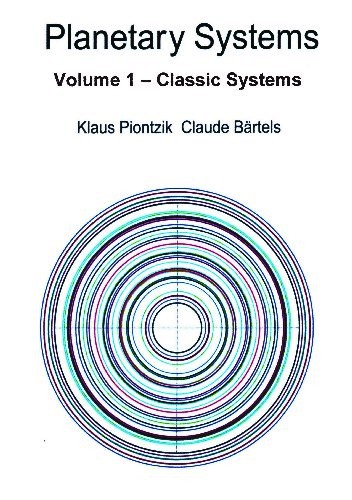| Copyright © Klaus Piontzik | ||
| German Version |
| The radial component is widely considered as a possible solution: |
| Equation 2.11.2.1 |  |
Whereby here only one additive component as a solution may appear. What is dependent on the limiting conditions. As yet be seen, obeys the earth oscillation structure with its radial part of Laplace's equation. The radial equation applied on atomic configurations leads to the Schrödinger equation. The behavior of quantum particles is described by the so-called wave function. The Wavefunction is obtained as a mathematical solution of the Schrödinger equation. All wave equations together transport energy with the wave in one direction. In a particle wave of the Schrödinger equation is transported not only energy, but also a particle, E.g. an electron. Like all other waves, a particle wave has two components that are specified mathematically as real and imaginary part of a complex function. According to the Copenhagen interpretation of probability both parts of Schrödinger's equation together indicate the probability where the particle is. Where one or both parts are large, is the particle with probability to find. Where both parts are zero, the particle is guaranteed nonexistent. Thus, the solution of Schrödinger's equation provides probabilities for the stay of the particles. It develops the so called orbitals, so how they are used in chemistry. Both the model of the atom, as well as the oscillation and layering structure developed in this book, use waves around a Center (see Chapter 2.0). So it should not surprise if there are matches in the oscillation figures like the illustrations 2.7.2 and 2.7.3 represented. The resemblance is amazing, as even a number of physical quantities such as centrifugal potential, Coulomb potential and quantum-mechanical spin are used in the model of the atom. These variables determine the limiting conditions of the underlying differential equation and so just create the characteristic figures of the orbitals. |

|
200 sides, 23 of them in color 154 pictures 38 tables Production und Publishing: ISBN 978-3-7357-3854-7 Price: 25 Euro |